Want to target multiple muscle groups in one go and boost your workout efficiency? Group muscles workout is the key. In this guide, you’ll find everything you need to know – from understanding muscle groups to the best combinations and workout splits for balanced training. Get ready to optimize your gains.
Key Takeaways
-
Understanding major, secondary, and accessory muscle groups enhances workout effectiveness and reduces injury risk.
-
Combining specific muscle groups in workouts, such as chest with shoulders and triceps, optimizes performance and recovery.
-
Implementing structured workout splits allows for focused training on muscle groups, ensuring efficient recovery and balanced development.
Understanding Muscle Groups

Knowing different muscle groups is fundamental to building an effective workout routine. This understanding aids in crafting workouts tailored to individual needs, significantly enhancing overall effectiveness. By identifying which muscles to target, you can tailor exercises to maximize engagement and results, crucial for preventing injuries and ensuring safe, efficient workouts.
The human body is a complex machine with over 600 muscles, categorized into major, secondary, and minor groups for targeted training. This categorization allows for a balanced approach, ensuring that no muscle group is neglected. Targeting the appropriate muscle groups also means allowing for suitable recovery times, which is essential for muscle growth and overall performance.
Knowledge of muscle anatomy helps in balancing workouts and reducing injury risk, making it an indispensable part of any fitness regimen.
Major Muscle Groups in Workouts

The main muscle groups in strength training include the chest, back, shoulders, arms, legs, and core. Each of these groups plays a pivotal role in overall physical performance. For example, chest workouts engage the pectoral muscles, essential for movements like bench presses and push-ups. The back muscles, including the trapezius, rhomboids, and latissimus dorsi, are essential for pulling movements and maintaining good posture.
Shoulder workouts involve the deltoids, which are critical for arm mobility and stability. Leg exercises target the calves, hamstrings, quadriceps, and glutes, with the gluteus maximus being the largest muscle in the body. Core workouts focus on the abdominal muscles, which are vital for overall stability and strength.
By understanding the functions and importance of these major muscle groups, you can design workouts that effectively target each area, ensuring comprehensive muscle development and strength gains.
Secondary and Accessory Muscle Groups
While major muscle groups often take the spotlight, secondary and accessory muscle groups play a crucial role in a well-rounded workout plan. The triceps exercises, comprising three muscles, are essential for elbow extension and overall arm strength. Well-developed triceps improve performance in activities like throwing and pushing.
Similarly, the biceps brachii, with its two heads, provides flexibility and stability to the shoulder joint and elbow joints. Forearm muscles support grip strength, which is key for movements involving the elbow, wrist, and hand. Building strong forearms contributes to grip stability and helps prevent injuries.
The calf muscles, gastrocnemius and soleus, are vital for balance and dynamic movements, aiding athletes in effective forward propulsion during running and jumping. Incorporating exercises targeting these secondary muscles enhances major muscle movements’ effectiveness and overall stability and performance.
Effective Combinations of Muscle Groups

Pairing certain muscle groups can significantly enhance workout efficiency and effectiveness. Training specific muscle groups together improves workout efficiency and allows better muscle recovery. Understanding their synergistic function helps design workouts that maximize engagement and results.
Let’s dive into some of the most effective combinations.
Chest, Shoulders, and Triceps
The chest, shoulders, and triceps are crucial for executing pushing movements effectively. These muscle groups work synergistically, meaning they enhance each other’s effectiveness during exercises like push-ups and bench presses. Building strength in these areas enhances upper body stability and power, making daily tasks and other workouts more manageable.
Combining training for these upper body muscles results in improved strength gains and effective pushing performance. For instance, a workout that includes bench presses, shoulder presses, and triceps dips can effectively target all these muscle groups. Properly engaging these muscles throughout pushing exercises significantly enhances workout efficiency and results.
Back and Biceps
Combining back and biceps training optimizes pulling movements and enhances functional strength. The complementary nature of pulling movements between these groups allows for enhanced efficiency in workouts. For example, exercises like pull-ups and bicep curls engage both the back and biceps, leading to better muscle engagement and workout effectiveness.
This training approach’s functional strength improvement can enhance performance in various physical activities. A strong back and biceps not only enhance aesthetics but also contribute to better posture and reduced risk of injuries. Incorporating compound movements with good form is key to maximizing the benefits of this combination.
Legs and Glutes
Integrating glute training with leg workouts can lead to better lower body strength and stability. Squats and hip thrusts effectively target the glutes and legs, offering a comprehensive workout for these muscle groups. The stiff-legged deadlift, for instance, is highly effective for targeting the hamstrings.
The belt squat is another excellent exercise for quads, enhancing overall leg strength. Combining these muscle groups ensures balanced development and enhanced performance in daily activities and athletic endeavors.
By focusing on these key exercises, you can build a stronger and more stable lower body.
Popular Workout Splits for Group Muscles

A workout split is a training method that divides workouts by muscle groups over different days. This approach allows for focused training, ensuring that each muscle group receives adequate attention. Common workout splits include full-body, upper/lower body, and push/pull/legs.
These splits effectively target major muscle groups, increasing training intensity and allowing better recovery.
Full-Body Workout Split
A full-body workout targets major muscle groups, maximizing exercise impact. This structure includes targeting all six main muscle groups, making it suitable for beginners or those with time constraints. Full-body workouts typically take 30 to 60 minutes and are recommended 2 to 3 times a week.
Common exercises in a full-body workout include squats and shoulder presses. Bicycle crunches are also frequently included. Starting with large muscle group exercises ensures maximum effectiveness. The main advantage of a full-body workout split is its simplicity and time efficiency, making it ideal for those looking to build muscle without spending hours in the gym.
Upper/Lower Body Split
The upper/lower body split entails alternating focus on upper body and lower body muscles. This split allows each muscle group to be targeted more than once a week, enhancing growth and recovery. An upper/lower split is particularly effective for those looking to build muscle as it provides ample time for rest and recovery between sessions.
A drawback is potential fatigue from working major muscle groups in one session, which can affect accessory movements. For instance, a suggested routine for Mondays could be an upper-body strength training session, followed by a lower body session on Tuesday. This structure ensures balanced development and reduces the risk of overtraining.
Push/Pull/Legs Split
The push/pull/legs workout split divides routines into pushing muscles (chest and triceps), pulling muscles (back and biceps), and legs. This method allows for focused training, providing ample rest for muscle groups while maintaining workout frequency. During push workouts, the main focus is on the chest, triceps, and shoulders.
Pull workouts primarily target the back and biceps, while leg day focuses on glutes, quads, and hamstrings. The recommended frequency for this split is 5 to 6 days a week, with each muscle group targeted twice weekly. This training split is best suited for advanced lifters who can commit to multiple gym sessions per week.
Best Exercises for Each Muscle Group
Choosing the right exercises for each muscle group is crucial for maximizing gains and ensuring a balanced workout. This section covers the best exercises for targeting major muscle groups and provides practical examples to incorporate into your routine.
Chest and Shoulders
Effective exercises for training the chest include push-ups, dips, and the flat bench press. The cambered bar bench press can enhance strength in the pectoral muscles due to its unique shape allowing for a deeper motion. These exercises are crucial for building upper body strength and improving overall performance in daily tasks and other workouts.
For shoulder training, standing overhead presses, front raises, lateral raises, and rear delt raises are highly effective. The shoulders support every upper body movement, making them essential for overall performance. Strengthening shoulder muscles leads to more power and better function in various movements, enhancing shoulder health and stability.
Back and Arms
Pull-ups are considered one of the best exercises for developing lat muscles. To build a strong back, it is recommended to use compound movements with good form. Most back exercises involve pulling motions, which effectively target the back muscles and contribute to improved functional strength and injury prevention.
Incline curls are a recommended exercise for effectively targeting the biceps. Strengthening the back and arms is essential for improving overall upper body strength and posture. By incorporating these exercises into your routine, you can ensure comprehensive development and enhanced performance in various activities.
Legs and Core
Recommended exercises for legs include squats, deadlifts, leg extensions, and hip thrusts. Engaging the core during exercises like squats and deadlifts stabilizes the torso and enhances performance. These exercises target major leg muscles such as the glutes, quadriceps, and hamstrings, which play crucial roles in daily movements and physical activities.
All the components discussed work synergistically to improve overall leg and core strength. By incorporating these exercises into your workout routine, you can build a stronger, more stable lower body and core, enhancing athletic performance and reducing the risk of injuries.
Benefits of Group Muscle Training

Training multiple muscle groups in one session boosts workout efficiency, allowing greater exertion and improved muscle stimulation. This approach not only saves time but also enhances the effectiveness of each workout. By engaging multiple muscle groups, you elevate calorie burn due to increased oxygen and energy expenditure.
Pushing exercises often engage the chest, shoulders, and triceps simultaneously, improving overall workout efficiency. Targeting nearby muscle groups enhances blood flow, leading to a better push up exercise pump that can boost motivation during workouts.
These advantages make group muscle training a valuable strategy for maximizing gains and improving overall fitness.
Common Mistakes in Group Muscle Workouts
Neglecting smaller muscles can cause poor posture and injuries. Ensuring all muscle groups are adequately targeted prevents imbalances. Focusing on particular muscles over others may lead to muscular imbalances and weakness in neglected areas. For example, in lower body workouts, neglecting quadriceps while focusing on hamstrings can create imbalances that increase the risk of knee pain and injuries.
Planning rest periods between workouts is essential for muscle recovery and avoiding overtraining. Improper training of the back can lead to injuries and poor posture. A balanced approach to grouping muscle workouts is crucial to prevent soreness and promote overall muscle growth.
By avoiding these common mistakes, you can ensure a safer and more effective workout routine.
Creating a Balanced Workout Plan
Strengthening all key muscle groups makes everyday tasks easier, improves sports performance, and reduces injury risk. A structured workout split, such as the ones discussed in this guide, can lead to more efficient training by distributing the workload across different muscle groups. By allowing at least 48 hours between workouts targeting the same muscles, you ensure adequate recovery and prevent overtraining.
Insufficient rest between workouts for the same muscle groups can be harmful. Lifting excessively heavy weights, especially for beginners, may result in muscle damage. Proper hydration and consistent workout schedules are also crucial for optimal results.
By following these guidelines, you can create a balanced and effective workout plan tailored to your needs.
Summary
In summary, understanding muscle groups and how to effectively train them is essential for maximizing gains and achieving a balanced workout routine. By incorporating effective combinations of muscle groups, using popular workout splits, and selecting the best exercises for each area, you can enhance your performance and reach your fitness goals. Remember to avoid common mistakes and create a balanced workout plan that includes adequate rest and recovery. With this comprehensive guide, you’re well on your way to optimizing your gains and achieving your fitness aspirations.
Frequently Asked Questions
Why is it important to understand different muscle groups?
Understanding different muscle groups is crucial for designing targeted workout routines that maximize effectiveness and reduce the risk of injuries. This knowledge allows for a balanced approach to training, ensuring comprehensive muscle development.
What are some effective exercises for chest and shoulders?
Incorporating push-ups, dips, and flat bench presses for the chest, along with standing overhead presses and lateral raises for the shoulders, will provide a comprehensive workout for these areas. These exercises effectively target and strengthen the muscle groups involved.
How does training multiple muscle groups in one session benefit me?
Training multiple muscle groups in one session boosts workout efficiency, leading to increased calorie burn and enhanced muscle stimulation. This approach maximizes your time and results in a comprehensive workout.
What is a common mistake in group muscle workouts?
Neglecting smaller muscles is a common mistake in group muscle workouts, as it can lead to poor posture and injuries. It's essential to ensure balanced training to prevent imbalances in muscle development.
How can I create a balanced workout plan?
A balanced workout plan should focus on strengthening all key muscle groups, incorporate adequate rest and recovery, and follow a structured workout split. This approach ensures overall fitness and helps prevent injury.

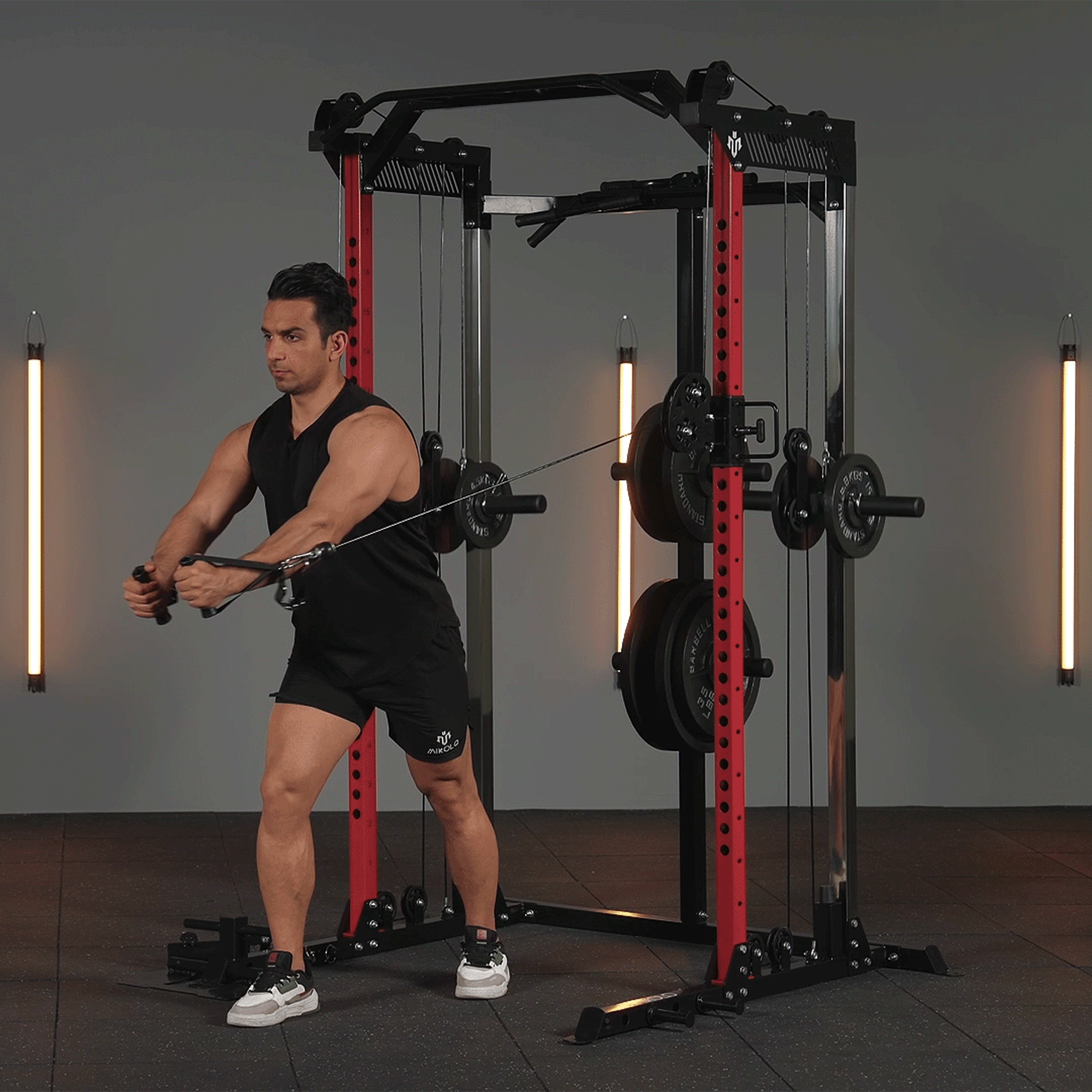




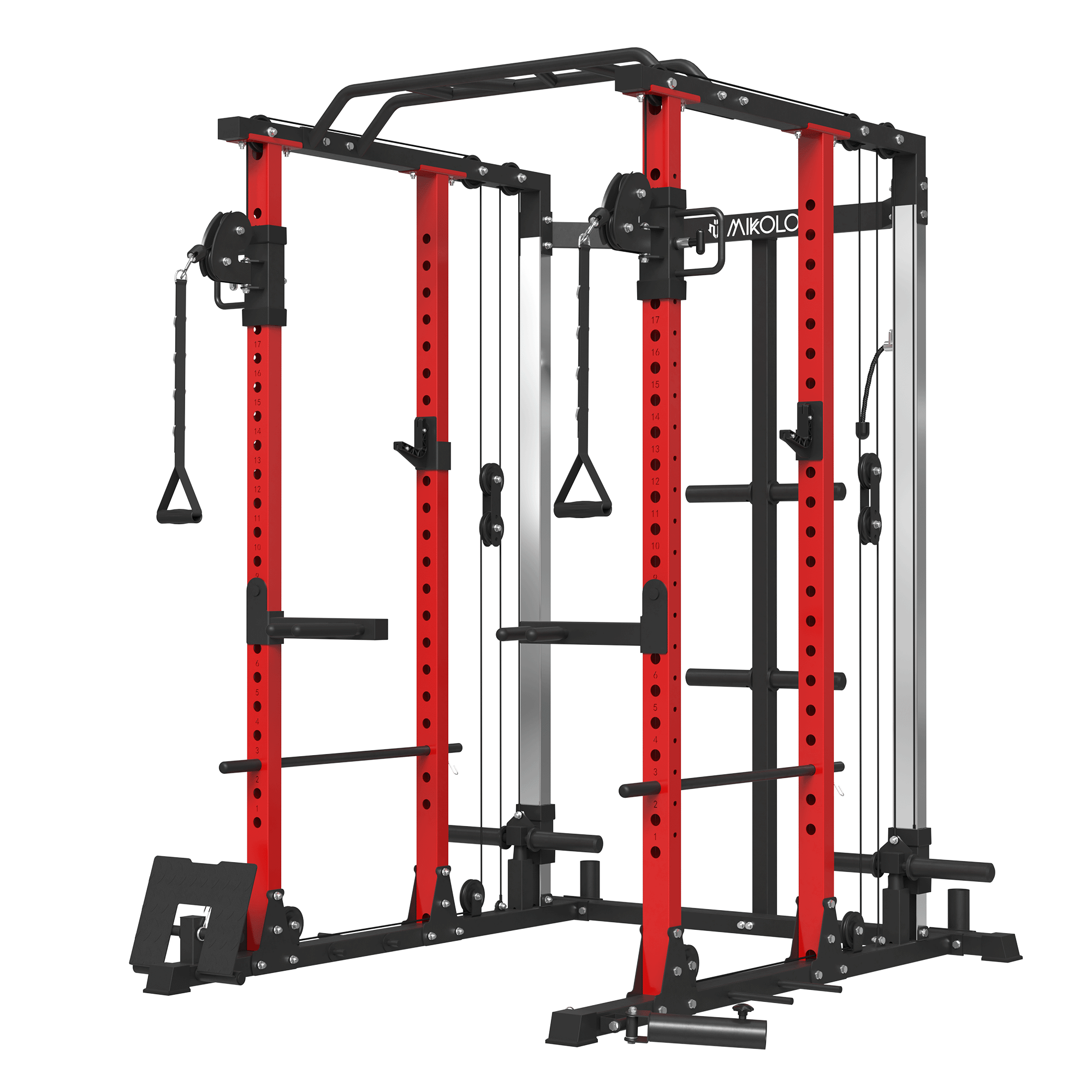



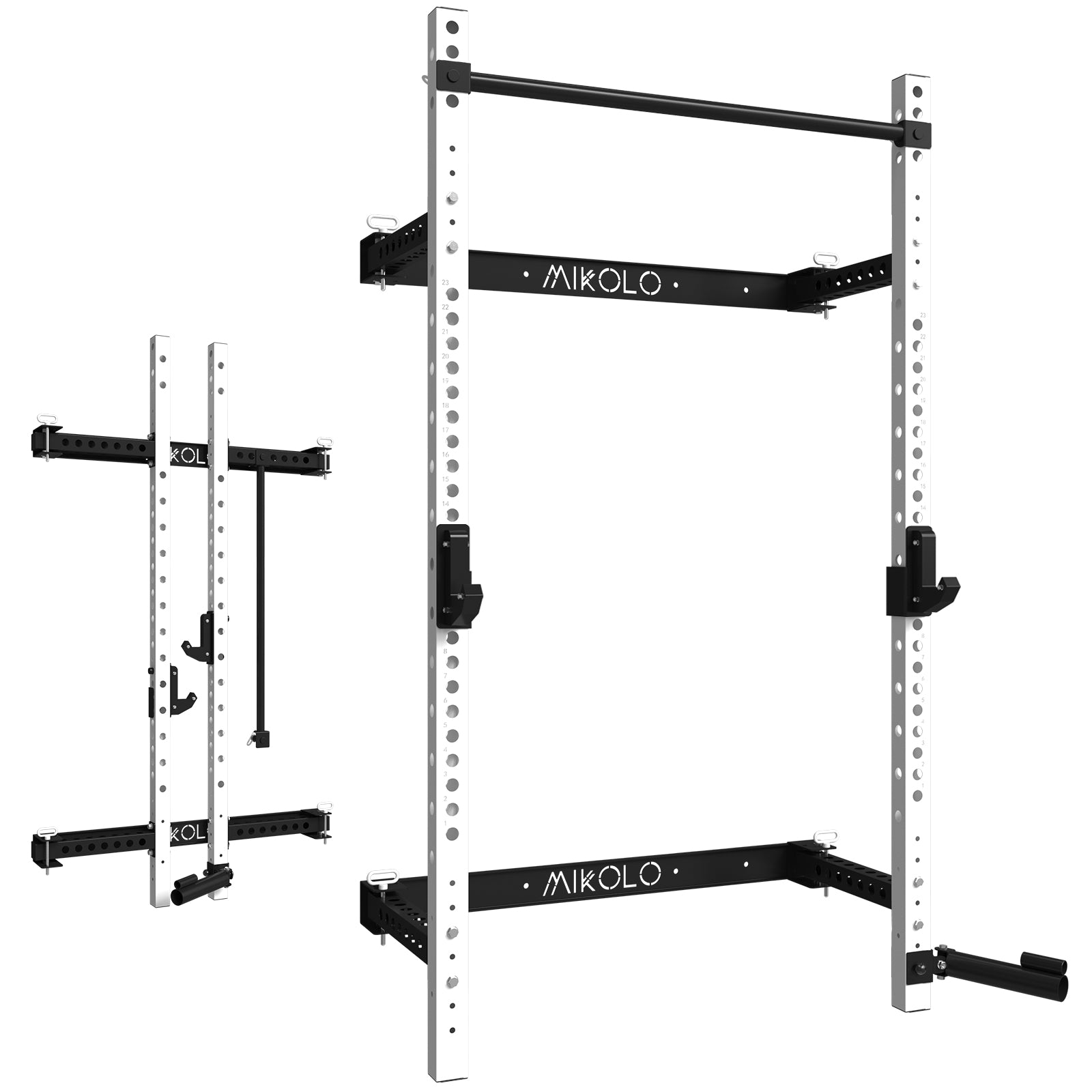
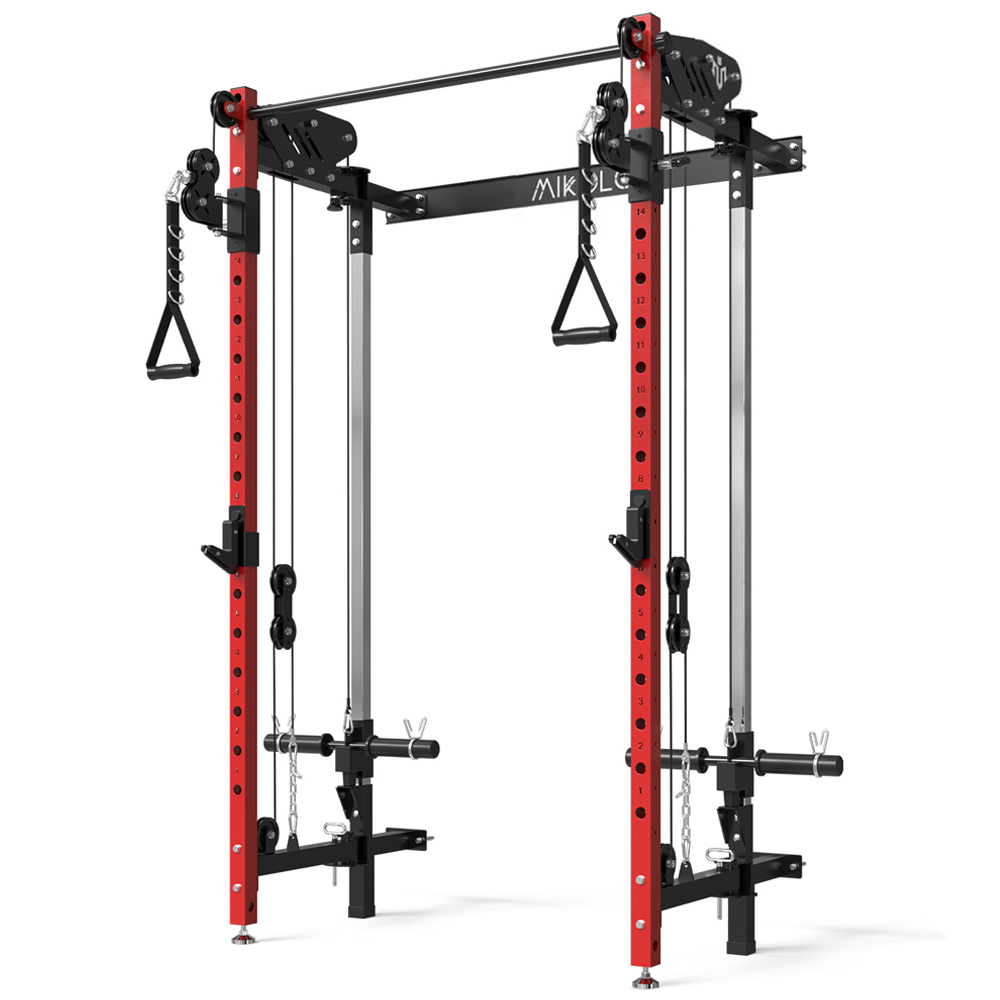
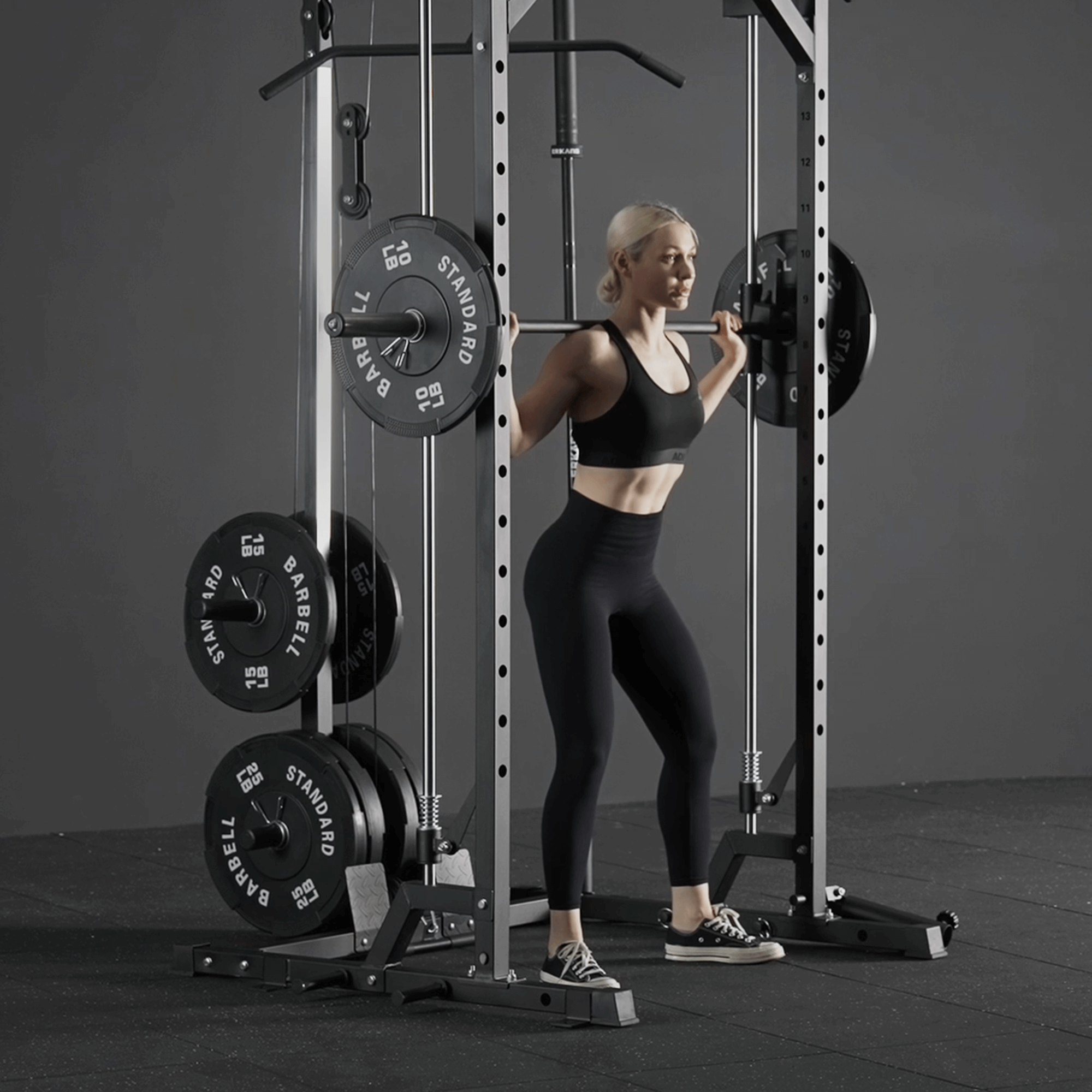


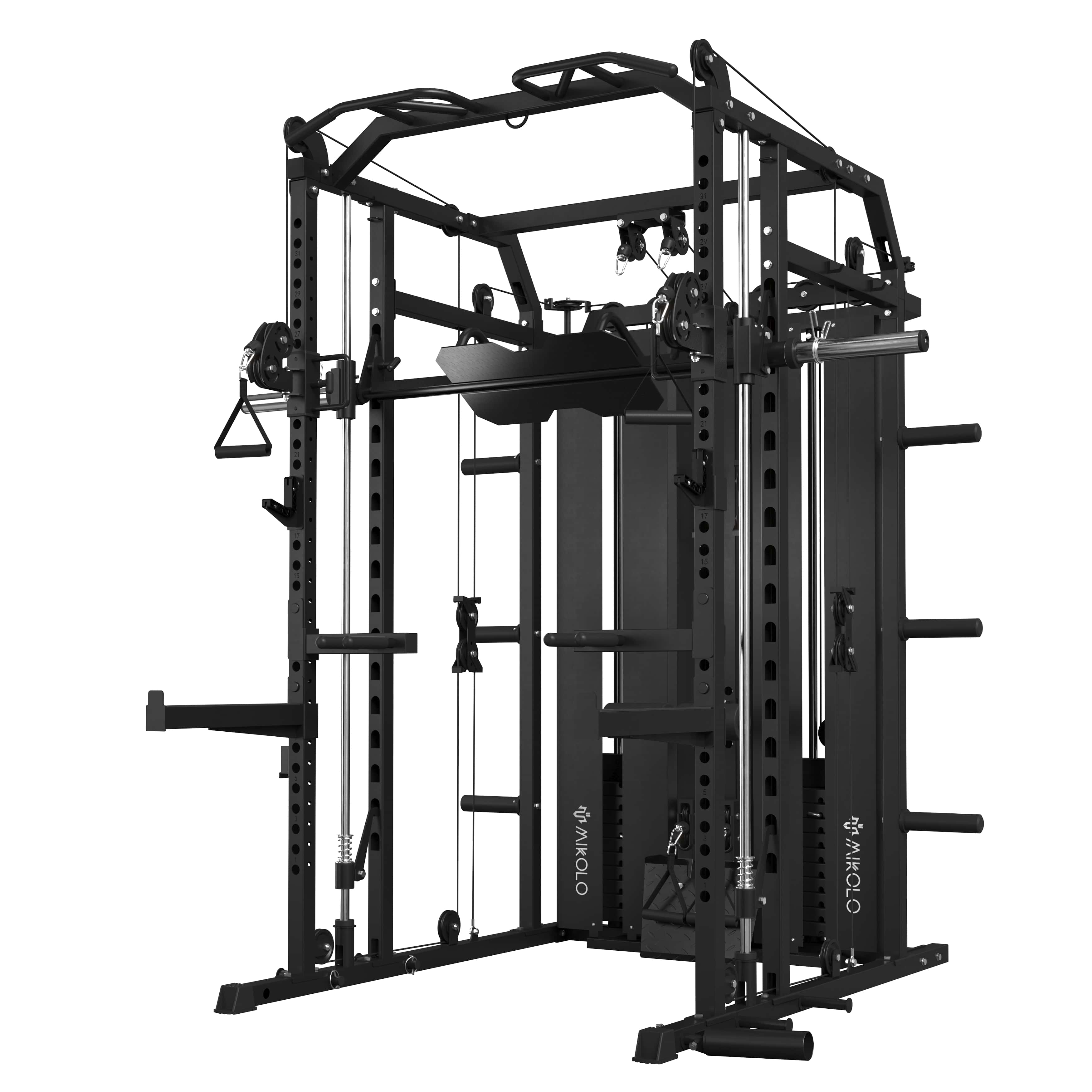


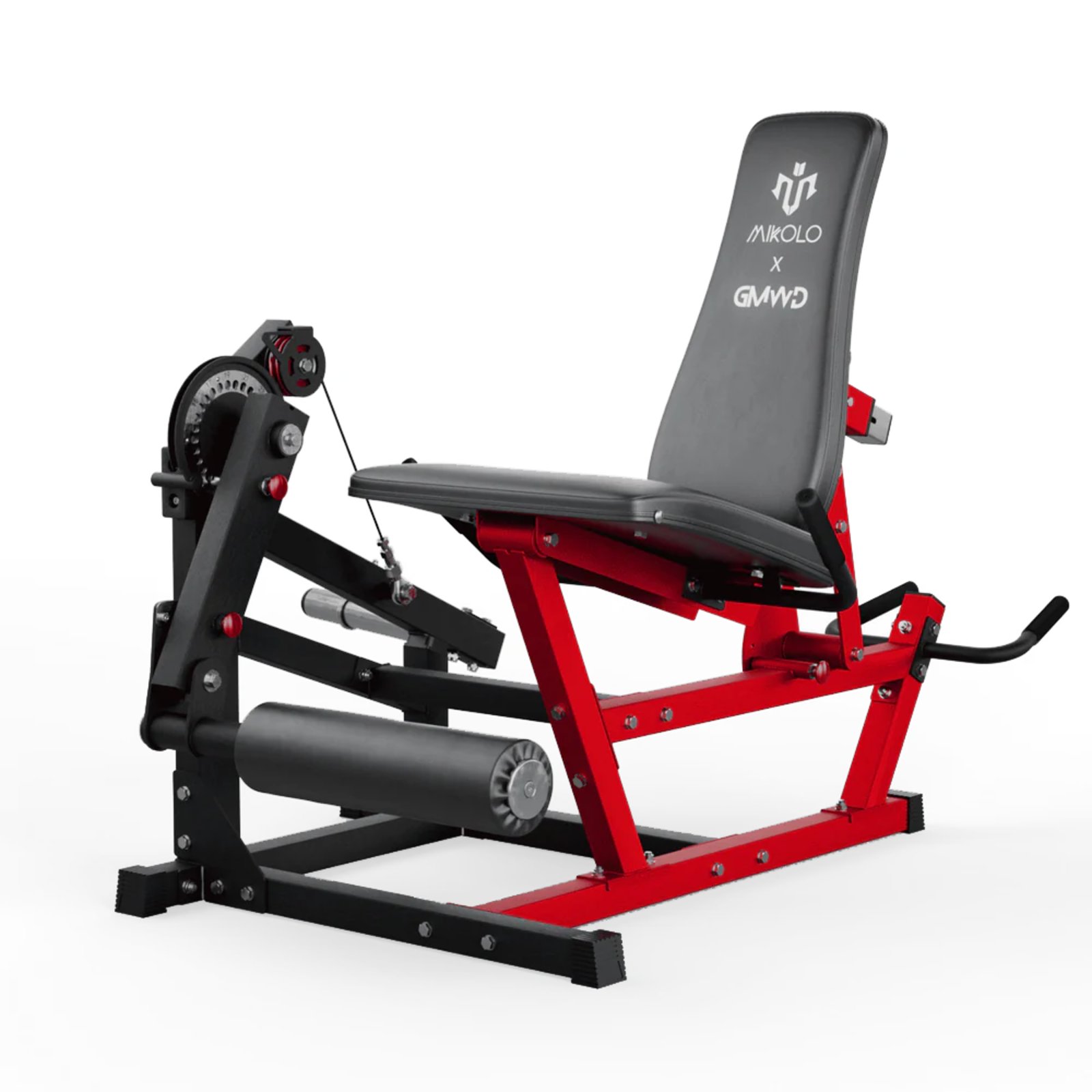
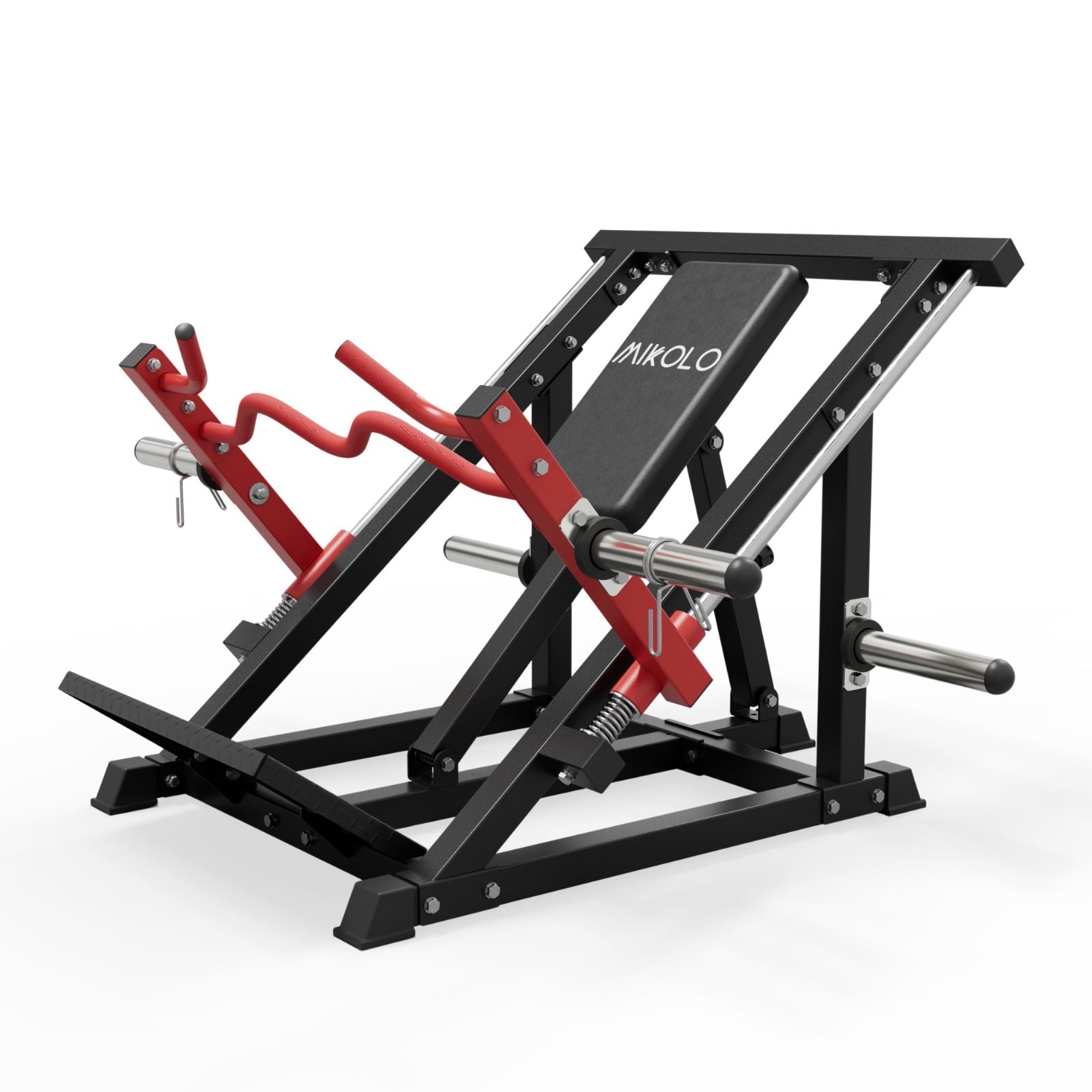
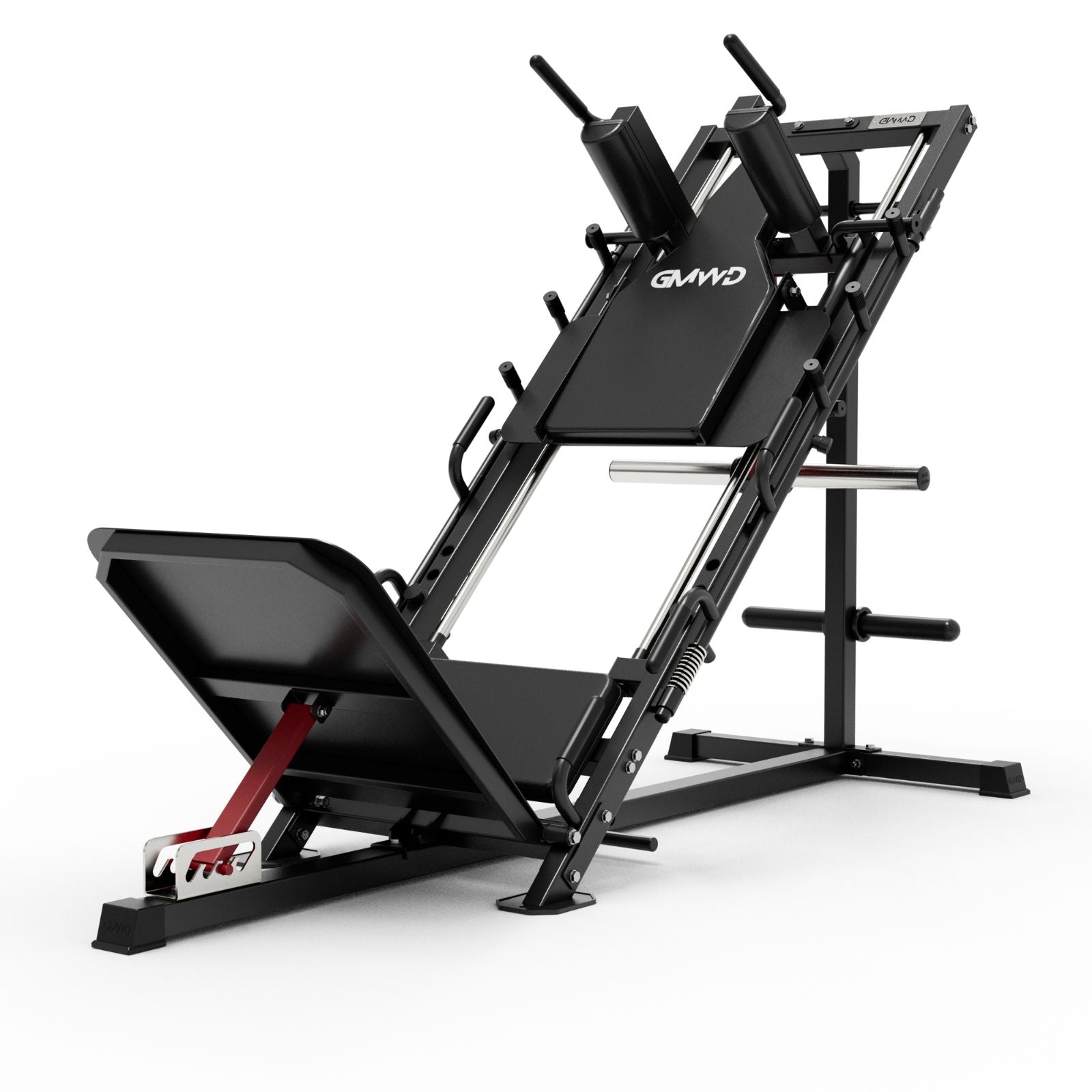
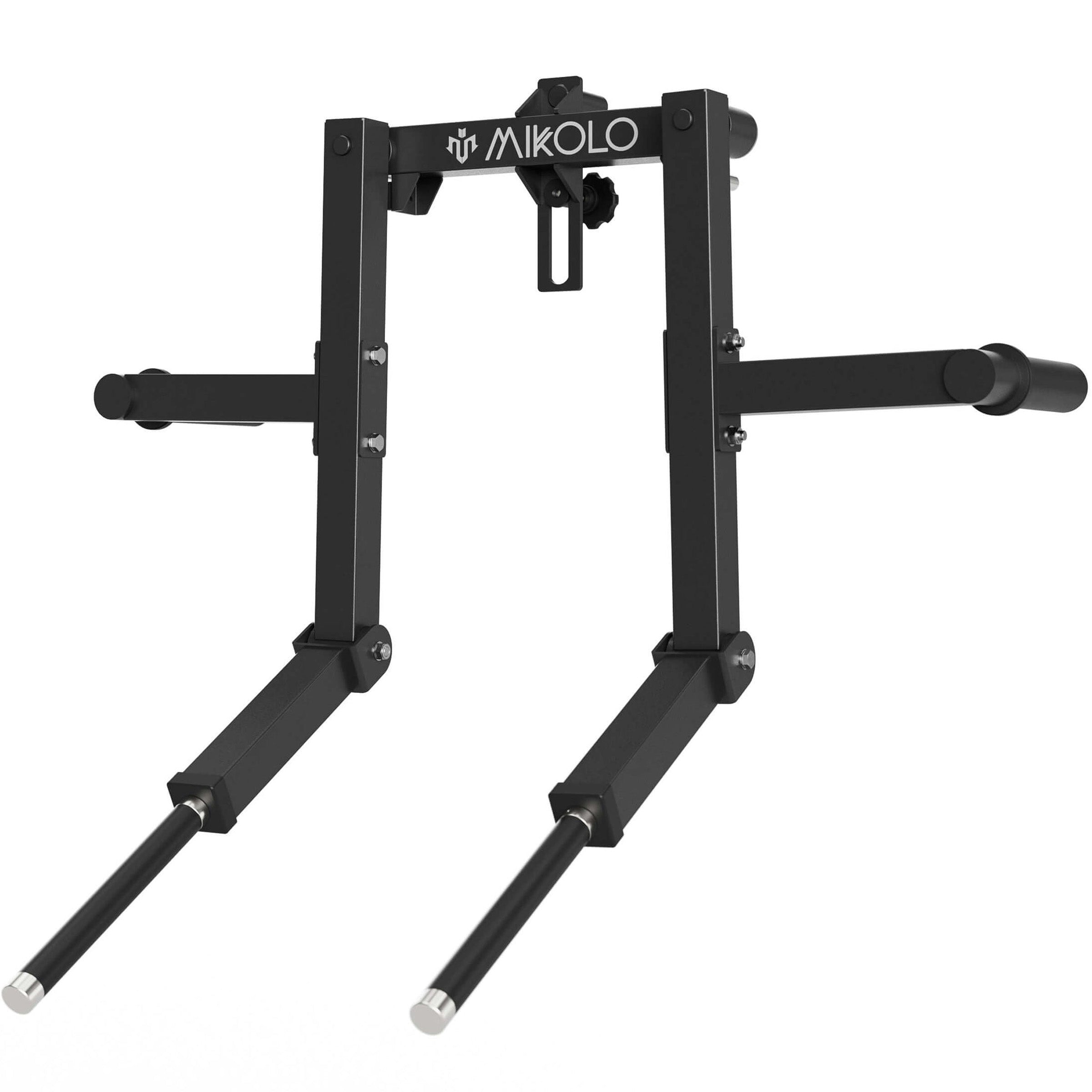
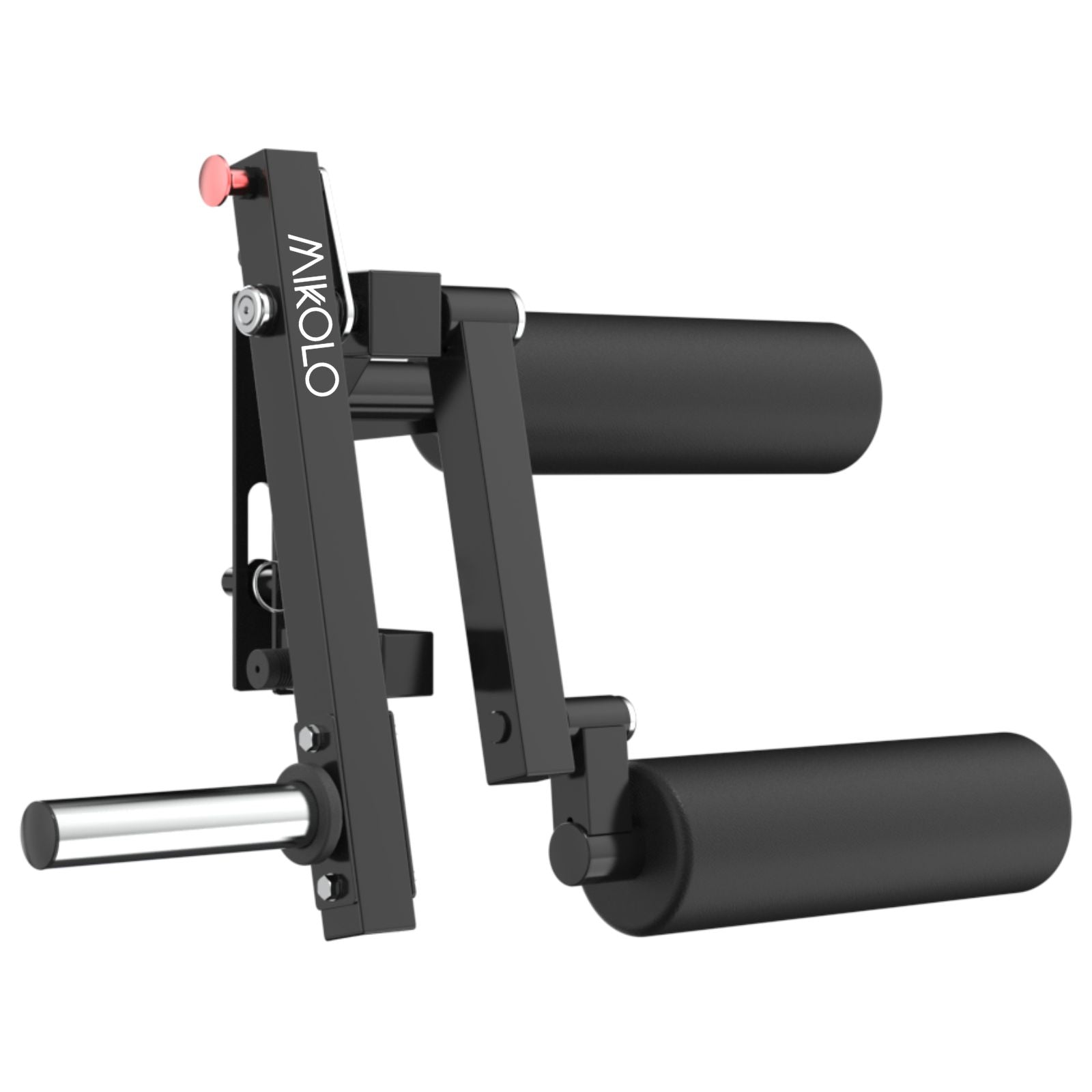



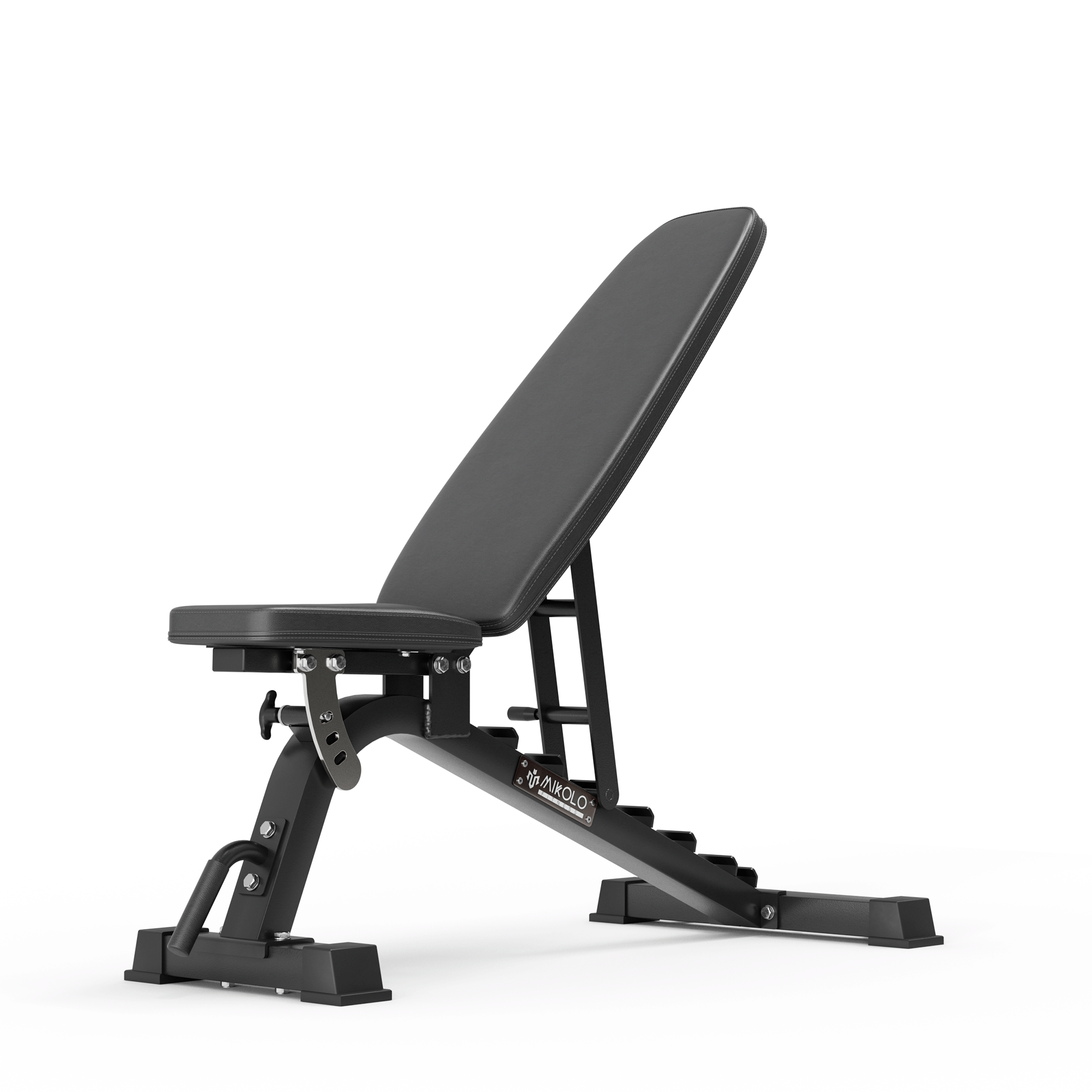

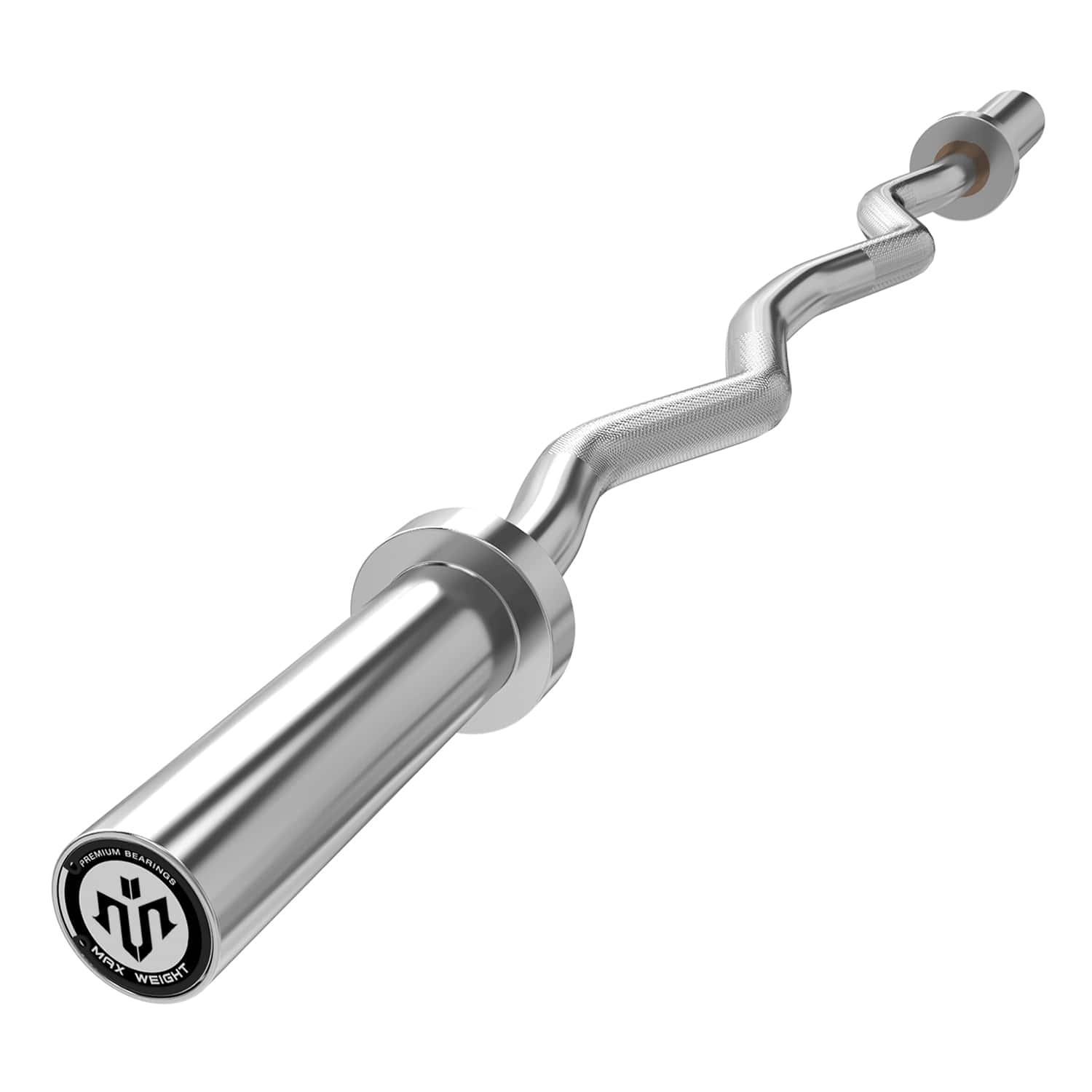
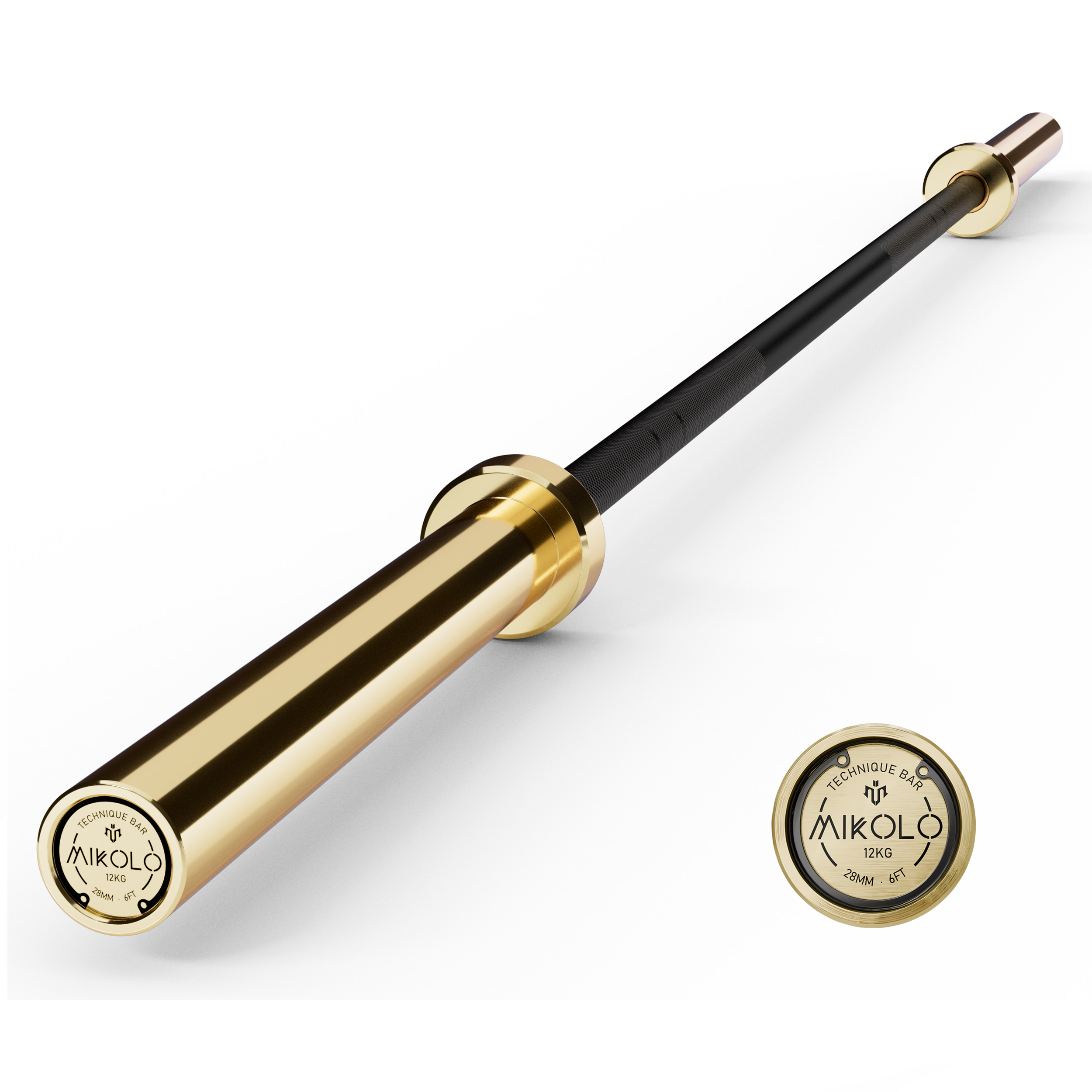






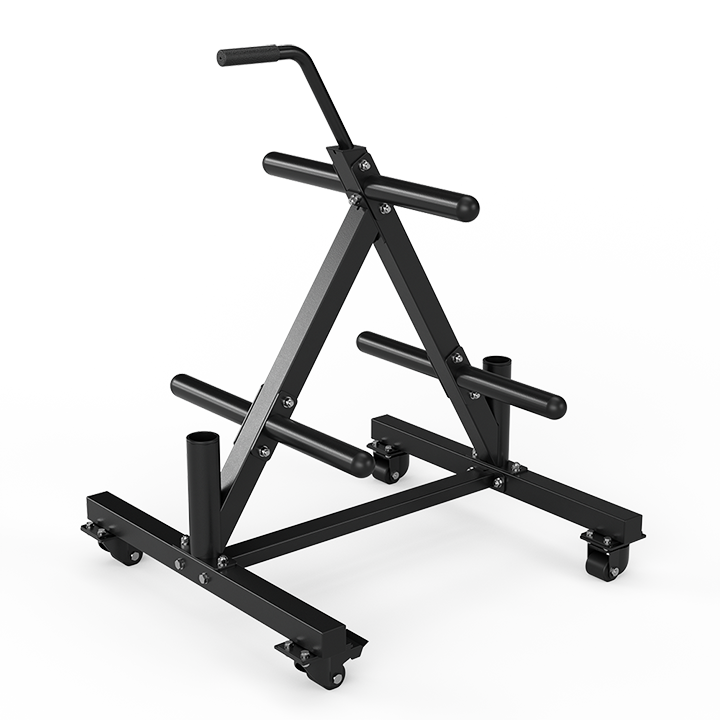
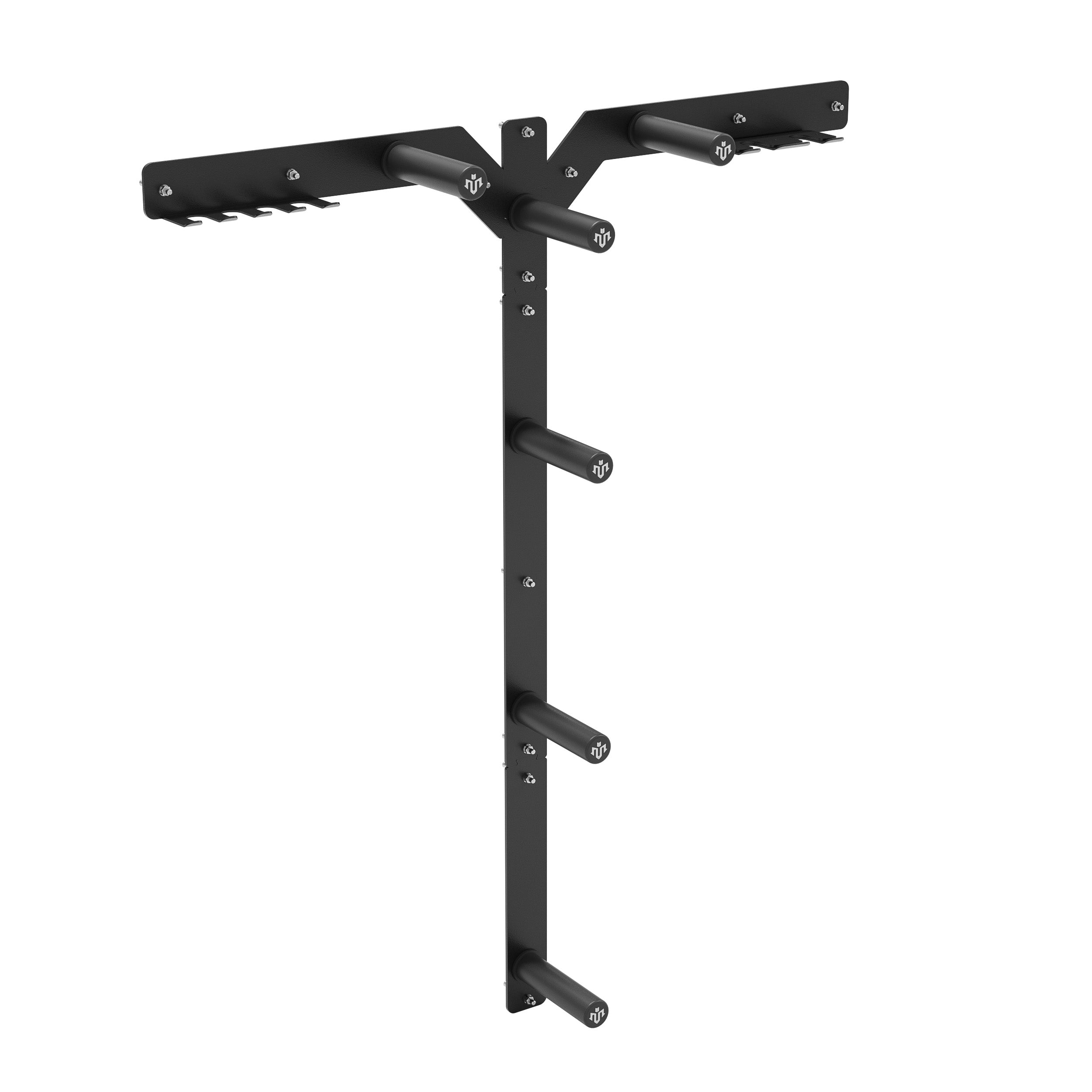
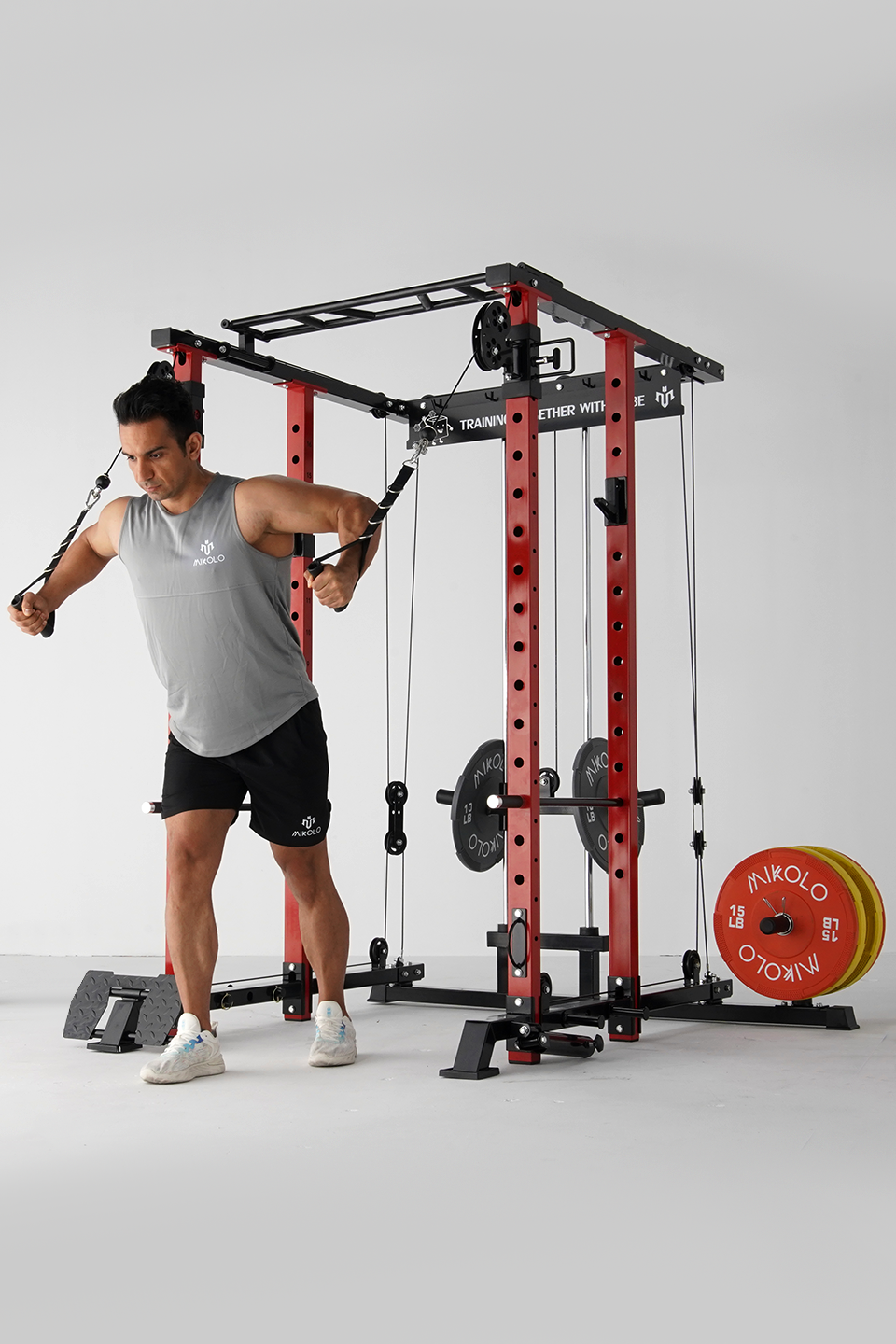



Leave a comment
This site is protected by hCaptcha and the hCaptcha Privacy Policy and Terms of Service apply.